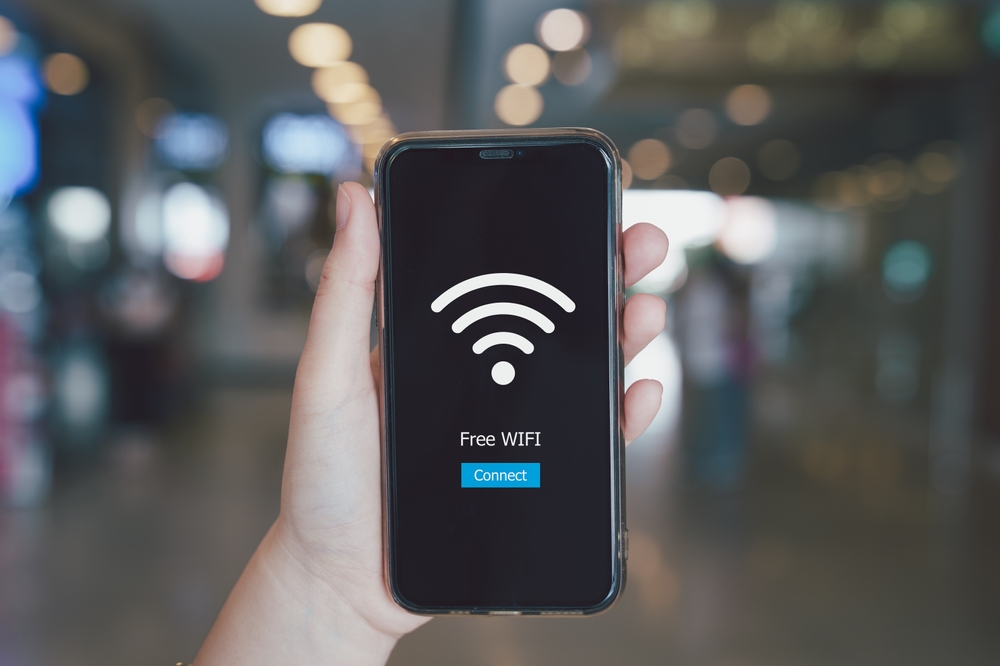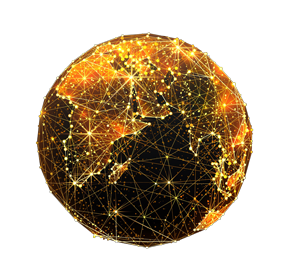
Yes really.
Wi-Fi is so entrenched in everything we do that you’d be forgiven for not giving it a second thought. It’s taken for granted that kids can TikTok on tap, millions of dollars can be transferred without stepping inside a bank and you can seamlessly communicate with a colleague across the other side of the world or stream music and play games against strangers from your phone.
The simple pleasures in life – all brought to you courtesy of Wi-Fi. But do Wi-Fi providers get thanks and applause for enhancing the world of work, home and play? No, we get berated and are the butt of many a joke. Let’s get those out of the way first…
Two Wi-Fi engineers got married. The reception was fantastic.
Why did the developer go broke? Because he used up all his cache.
Don’t use “beef stew” as your Wi-Fi password. It’s not stroganoff.
I would tell you a UDP joke, but you might not get it.
I won’t give up my day job!
If like me you work in, or with, Wi-Fi, you’ll have heard all these jokes and been labelled with some not-so-pet-names before. Tech nerd, geek, boffin. Well, I’m here to help you fight back against the tech trolls!
There really is more to Wi-Fi than speed and signals, rebooting and resetting. Here is your head start on spicing up your Wi-Fi dinner party small talk and ‘cooling’ your pub banter.
Sex and science appeal
Hedy Lamarr, the 1940s Hollywood star or ‘Ecstasy girl’ as she became known, helped invent Wi-Fi. Yes, you read that right. The ‘most beautiful woman in the world’ – not some mad scientist in a lab coat with goofy teeth and wonky specs – helped invent Wi-Fi.
She may have been known for her beauty, but her brains were responsible for developing the “secret communication system” intended for the US navy during the second world war, which is now used in modern wireless communication. Her “frequency hopping” invention guided radio-controlled missiles underwater so that they were undetectable by the enemy. The military used her invention but told her she would make a greater contribution to the war effort as a pinup rather than as an inventor.
She had the last laugh – but sadly very late in life. In her 80s she became so much more than a screen siren – she became a bombshell in the truest sense of the word – as an icon for women in science. She even achieved a coveted Google Doodle to celebrate what would have been her 101st birthday – a legacy worth shouting about across the Wi-Fi waves.
Some things get faster with age

Who remembers the good old days when we had to dial an internet connection through our telephones? When you couldn’t make a phone call and browse the internet at the same time?
At full speed, a single, low-quality song (roughly 3.5MB) would take from 10 minutes to a few hours to download. If you wanted to download a movie (around 700MB), it would take one to five days at low speed. Tell that to a millennial and watch them weep.
Anyone reading this is their twenties will no doubt think this is a joke or a 19th Century anecdote.
But yes, in life before Wi-Fi, we went to the phone box to make a call, visited a travel agent to book a holiday and sent a fax to place a stationery order.
Wi-Fi has been enabling us to communicate, entertain, spend and work faster for over 30 years. Does that make you feel old?! Me too.
Globetrotting hot spots

As of today, there are an estimated 628 million Wi-Fi hotspots worldwide, marking an incredible 272% growth from the 169 million hotspots available in 2018 This explosive increase highlights how essential connectivity has become in just six years.
Now, here’s a question for you: which countries hold the crown for the fastest fixed internet download speeds? The United Arab Emirates, Singapore and Hong Kong. Their lightning-fast connections are setting global standards. And if you got the question right, you’re more than welcome on my pub quiz team!
We can Wi-Fi the world

In 2024, 5.35 billion of us across the world were active internet users – that’s 66.2% of the global population, with 96.5% of this total accessing it via mobile devices. There are currently around 422 million smart home users around the world which means that soon Wi-Fi connected homes will be ‘so what’? The wearable tech industry is set to be a $291 billion industry by 2030. And virtual hospitals and telemedicine, largely facilitated by Wi-Fi, are here to stay – and grow.
Without Wi-Fi geeks like us, the world would still be buying physical copies of apps and software, instead of downloading them. We’d be tripping over wires. We’d be taking rolls of film to get developed into photos. We’d be stuck in traffic jams driving to face-to-face meetings. Doctors wouldn’t get real-time patient records to diagnose and treat in a timely manner. We’d be walking to the shop to buy a CD instead of streaming music instantly and we’d be asking the talking clock for the time instead of Alexa.
We have made the seemingly impossible, possible.
You’re welcome.
Take a bow fellow nerds.
